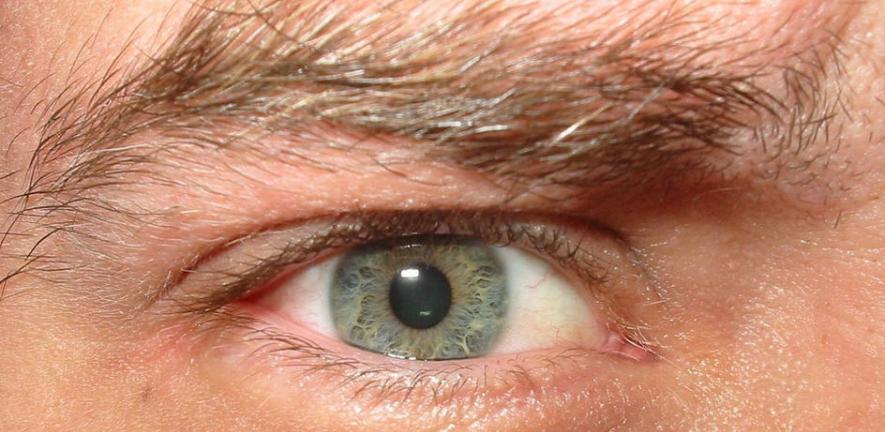
Progressive loss in accommodative power by the lens of the human eye – a condition known as presbyopia – affects almost everybody who enters middle age and interferes with their ability to focus on close objects. As we live longer and continue to pursue challenging visual activities, the demand for presbyopic correction is increasing.
Progressive loss in accommodative power by the lens of the human eye – a condition known as presbyopia – affects almost everybody who enters middle age and interferes with their ability to focus on close objects. As we live longer and continue to pursue challenging visual activities, the demand for presbyopic correction is increasing.
Progressive loss in accommodative power by the lens of the human eye – a condition known as presbyopia – affects almost everybody who enters middle age and interferes with their ability to focus on close objects. As we live longer and continue to pursue challenging visual activities, the demand for presbyopic correction is increasing.
The effects of presbyopia are particularly felt by regular computer users – the screen lies at a middle distance, which varies as the subject’s posture alters and is rarely catered for by current presbyopic spectacles. Until now, the solution has been to use bifocal or varifocal lenses, but these offer limited fields of view at various fixed distances. Instead, the ideal presbyopic correction should provide a full field of vision with clear focus for any distance between infinity and the near point – and this is what has been accomplished by Dr Paul Meyer, in the Department of Ophthalmology, Addenbrooke’s Hospital, Cambridge.
Developed in conjunction with NHS clinical engineers, the technology gives users a wide field of view with no distortion and high resolution at any distance. The new lenses are based on the simple optical principle that the air gap between a pair of nesting concave and convex lenses develops increasing positive power as it widens. A compact, low-friction movement above the bridge of the nose allows the wearer to focus easily using a single roller situated on either side of the frame. Dr Meyer is commercialising the technology through Cambridge Enterprise Ltd, who are looking for licensing partners or investors.
For more information, please contact Dr Iain Thomas (iain.thomas@enterprise.cam.ac.uk; Tel: 01223 760339) at Cambridge Enterprise Ltd.
This work is licensed under a Creative Commons Licence. If you use this content on your site please link back to this page.





